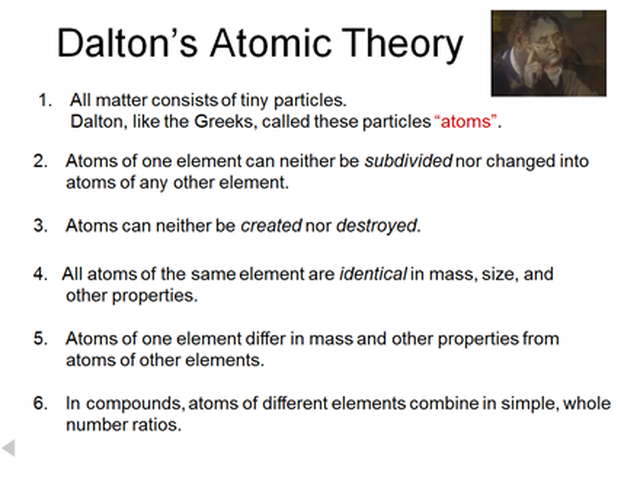
---teachoo-01.jpg)
However, Dalton stated that in 1805 he switched to a second theory of mixed gases for an explanation, which involved globular atoms surrounded by caloric, the model of repulsion more in line with Bryan's view than with William's. 7, 8ĭalton's law of multiple proportions was based on his first law of mixed gases, 9 in which the mutual repulsion of like atoms surrounding a dissimilar atom (which they do not repel) limits the number of like atoms with which the dissimilar atom can combine. Austin's papers included one on the composition of volatile alkali, which expressed an atomic interpretation for the specific gravities of gases based on the distances between atoms, which Austin believed had identical mass. Austin stayed at Oxford for only a year, leaving in 1786 to become a physician at St Bartholomew's Hospital, where he continued to teach chemistry. William Austin was a reader in chemistry at Oxford from 1785 to 1786, and William Higgins worked for him as a chemical operator sometime during this period. William believed that combination was primarily dictated by attractive forces, did not appreciate the concept of atomic mass, and cast his entire theory in the context of the phlogiston debate that was ongoing at the time, rather than presenting his theory as a unique entity. His nephew William Higgins, who for a time was his assistant, expanded upon his uncle's views in his 1789 work A Comparative View of the Phlogistic and Antiphlogistic Theories, addressing the union of one atom to several and illustrating the law of multiple proportions in numerous diagrams. His theory of saturation was first published in detail in his book A Philosophical Essay Concerning Light (1776) and was addressed in Experiments and Observations Relating to Acetous Acid (1786), Minutes of the Society for Philosophical Experiments and Conversations (1795) and also the syllabus to his lectures. Bryan addressed the union of two atoms, which he illustrated with diagrams and experiments in his lectures, using the mixing of ammonia and hydrochloric acid to form ammonium chloride as an example. According to Higgins, atoms that repelled their own kind but were attracted to atoms of another combined in definite proportions when the forces of attraction and repulsion just balanced, a process he called saturation. Sligo, Ireland, started a school of chemistry in London in 1774, where he taught that matter consisted of globular atoms surrounded by a repelling atmosphere of caloric, the supposed substance of heat at the time. (Source: Wellcome Library, London reproduced with permission.)īryan Higgins, who hailed from Co. One of the key reasons cited in support of this position is Dalton's relative isolation in Manchester, an argument summarized by Kelham: ‘Dalton's ideas were almost certainly derived independently of this group, which only assisted him by paving the way for his ideas and making them readily acceptable in the metropolis.’ 3


2 Although it is clear that his interests in meteorology and the composition of the atmosphere fuelled his investigations, did his theory arise from work on chemical combination or from investigation of solubility of gases in water? Amidst the debate regarding the origins, the possibility that Dalton was influenced by, or even aware of, the theories of atomists such as Bryan and William Higgins, and William Austin, all of whom resided in London when their key works were published, has been given little credence. In spite of the magnitude of his accomplishment, how Dalton ( figure 1) came up with his theory remains a mystery that has been debated for more than 150 years.

The adoption of molecular formulas based on the laws of definite and multiple proportions, and the assignment of relative atomic masses, placed the science on a new quantitative footing, enabling present-day chemists to perform a myriad of practical calculations without giving a second thought as to their origin. In 1808 John Dalton published A New System of Chemical Philosophy, 1 which described principles such as the uniqueness of atoms of the same element, relative atomic masses, and the rules of chemical combination, which taken together comprise the tablets of modern chemistry.


 0 kommentar(er)
0 kommentar(er)
